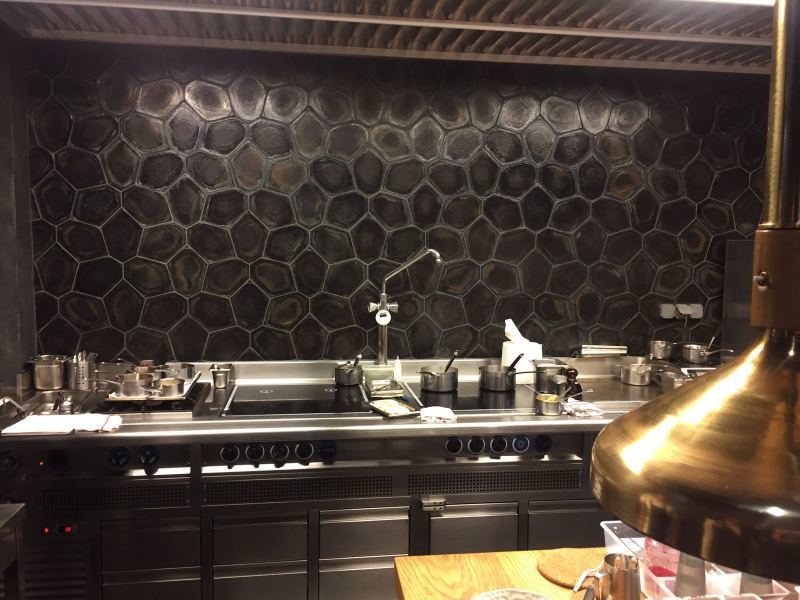How to use molten basalt paving

Čedičová dlažba atypická, vyrobená dle návrhu zákazníka
Stone paving from molten basalt can be divided into industrial (where higher resistance and durability is required), interior (where interesting look and beauty are expected), slip-resistant (functionality and serviceability are priorities), variable (original design and particular character), and atypical (paving that is actually hard to imagine). The tiles that simply look the best are usually used for indoor paving.
Interior basalt paving can be used not only on the floors of family houses, flats in blocks of houses, and offices (office buildings), but also in public buildings (offices, schools, medical centres, libraries, etc.), galleries, shopping centres, restaurants, and wine cellars.

200 small breweries have been using basalt paving in Czechia, Slovakia, Poland, Germany, and now also in USA. Some innovations have been made recently. An epoxide sealant has been devised – a pointing material that is, during its application, washable by water. This solution makes the treatment and especially the finishing after the end of pointing much easier (epoxide adhesives are otherwise very difficult materials to get rid of). An interesting floor can be seen for example in the Plzeňka restaurant in Poprad.
The difference between molten basalt and the material called EUCOR
Basalt is also known under the name whinstone. This natural stone is very hard and difficult to work with. This particular characteristic made it difficult for basalt to be used in construction. This material started to be used more only in the 20th century thanks to petrurgy (the processing of non-metallic ores by melting and casting). Regular molten basalt can be used in interiors and exteriors of your households and workplaces. On the other hand, EUCOR can resist very high temperatures and is therefore used solely in industrial operations. EUCOR is known especially for its use as anti-abrasion liner for pipe protection.
Both materials have different processing temperatures, basalt meant for interiors is continually melted in vertical pit-type furnace that is heated by natural gas at temperatures of 1280 °C (it is cast at temperature of 1200 °C – cast in metal or sand moulds). Then, it is taken out and placed in a cooling tunnel kiln until it cools down, which occurs after 16 to 21 hours. The material re-crystalizes and acquires new characteristics here. On the other hand, EUCOR is melted in electric arc furnaces at temperatures over 2000 °C, re-crystallization of the newly formed rock follows. The meltage is then cast into sand moulds in the usual foundry process. The final product is Zirconia Alumina-Silica. It is composed of corundum, baddeleyite, and glass-phase. EUCOR has excellent characteristics, in particular, it is very hard and it can withstand high temperatures and it has high chemical resistance.
Source: www.ceskestavby.cz
